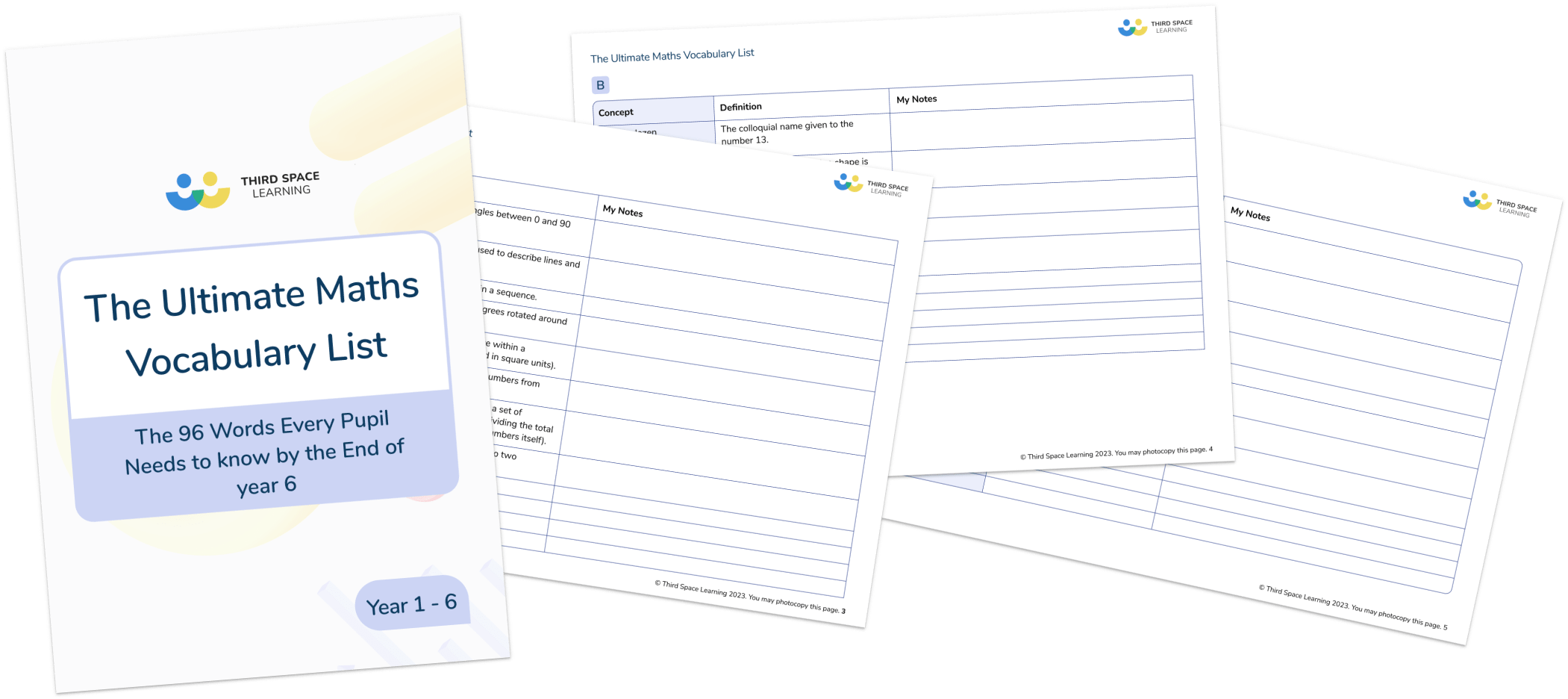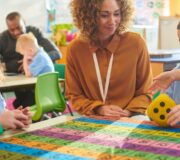Three Strategies Guaranteed To Develop Your Pupils’ Maths Language Skills
Since we began, Third Space Learning has provided online one-to-one maths interventions for over 60,000 pupils around the UK. In doing so we’ve learnt a great deal about the best strategies to help pupils become better mathematicians, and how to implement them most effectively.
We’ve found that maths language is one of the most crucial aspects of a strong mathematical skill set, but can be one of the most overlooked. With that in mind here are three of the strategies we’ve used to help our pupils develop their maths vocabulary, and how you can implement them in your own classrooms.
1. Put More Focus On Explicitly Teaching Maths Language
Maths language teaching is often overlooked in classrooms because it is overlooked at the staff-wide level. Organising CPD sessions to provide staff with a renewed focus on maths language can encourage them to introduce it in lessons.
The Ultimate Maths Vocabulary List
96 words every pupil needs to know by the end of Year 6 to develop their knowledge of key words and terminology in math.
Download Free Now!How Third Space Learning Applies This Strategy
Third Space Learning has embedded the importance of mathematical language into its AI tutoring through the design and training of Skye, the AI maths tutor. This design is rooted in the previous rigorous training for human tutors, which prioritised explicit language instruction and regular testing of subject knowledge and articulation.
Skye is a conversational, voice-based AI tutor that actively promotes the development of mathematical language in pupils.
- Modeling and Reinforcement: Through spoken dialogue, Skye demonstrates and helps students internalize and practice correct mathematical vocabulary. For instance, if a pupil refers to the “top part” of a fraction, the AI tutor will repeat the sentence using the correct term, “numerator”.
- Encouraging Verbal Reasoning: The conversational nature of the intervention encourages pupils to articulate their thought process and reasoning aloud. This practice is key to developing fluency and is a central element of the tutoring’s pedagogical strategy.
- Teacher-Built Quality: All lessons are created by former teachers and experts, ensuring the language used is carefully tested, age-appropriate, and mathematically accurate.
How Can I Apply This In My School?
Explicitly teaching maths language is an idea that many teachers are aware of, but it’s also one of the easiest aspects of teaching maths to ‘fall through the cracks’ in day-to-day planning. Holding CPD sessions on the topic as ‘boosters’ with informal tests or refresher activities can be extremely valuable in bringing it to the forefront of teachers’ minds.
It may also be worth holding CPD sessions to go over effective language teaching strategies; while staff may already have their own ideas of how to help their pupils develop their mathematical vocabulary, group CPD on this topic could help them expand their pool of resources and activities.

Meet Skye, the voice-based AI tutor making maths success possible for every student.
Built by teachers and maths experts, Skye uses the same pedagogy, curriculum and lesson structure as our traditional tutoring.
But, with more flexibility and a lower cost, schools can scale online maths tutoring to support every student who needs it.
Watch Skye in action2. Develop A Consistent, Comprehensive Reference Resource
Standardising maths vocabulary across your school helps pupils learn key terms earlier and develop a greater understanding of them without confusion.
How Third Space Learning Applies This Strategy
Third Space Learning has incorporated the strategy of standardising maths vocabulary into its AI maths tutoring with Skye to help pupils learn key terms and develop a greater understanding without confusion. This is achieved by embedding a consistent language approach, previously outlined in “Tutor Notes,” directly into the AI tutor’s design and content.
Because Skye’s use of language is internally consistent, it uses the same language to refer to maths concepts regardless of year. This has two major impacts:
a) Pupils can more easily absorb the language used and associate it with the concept being covered; that association becomes context-agnostic. So if a pupil sees the word “combine” in a question, they will understand that the question involves addition regardless of how it has been framed.
b) As a direct consequence of point a, pupils find it less daunting to approach new topics because they have a reference point e.g. a strong working understanding of the word ‘symmetrical’ from learning 2D shapes can make learning 3D shapes that much easier.
Another, longer-term benefit is in preparedness for SATs questions. The KS2 SATs use a variety of maths language terms across the two reasoning papers, and children can often get fixated on the surface context of questions if they are unsure of what the vocabulary used means.
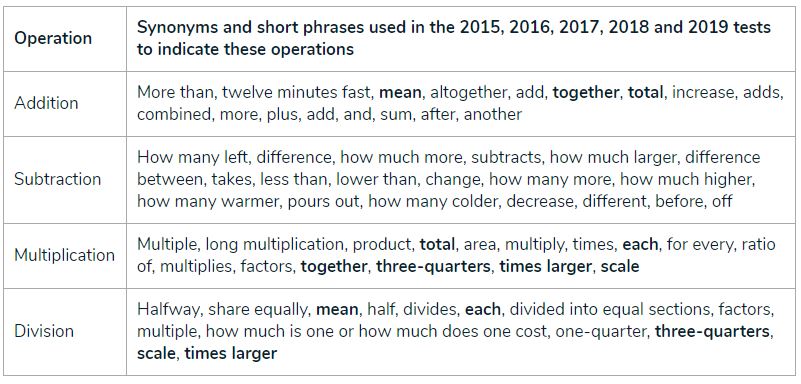
Pupils on our intervention programmes are better able to tackle these kinds of reasoning questions because they can parse and understand the key mathematical language of the problem and respond with the correct solving method.
How Can I Apply This In My School?
Establishing a school-wide set of ‘maths language terms’ can be a difficult task, but it will undoubtedly have its rewards. This will be doubly effective if the terms are agreed by all class teachers e.g. during a CPD session.
While this is essentially a longer-term strategy, implementing it midway through the year will still provide benefits for pupils. The only time to really avoid trying to set it up is in the run-up to SATs; by this point Year 6 pupils will need to be consolidating what they’ve learnt, and introducing new terms will only confuse them.
3. Incorporate Maths Language Into Every Lesson
In order for pupils to fully embed maths vocabulary they have to be able to employ it as a natural part of their problem solving repertoire. Making it part of every lesson helps pupils develop this association more completely.
How Third Space Learning Applies This Strategy
As well as ensuring Skye is trained to best help pupils get their heads around maths as a language, our Curriculum Team has also put considerable time into embedding opportunities for exploring maths language into the structure of our intervention lessons.
All our lessons begin with a tutor-pupil discussion of the learning objectives for the lesson, during which the key maths vocabulary for the lesson is highlighted and defined (if it’s new) or recapped (if it was covered previously).
As pupils work their way through the lesson proper their understanding of the new vocabulary is reinforced in stages, procedurally building context.
For example, the beginning of a lesson may focus on pure maths – simple questions that make the link between vocabulary and concept clear.
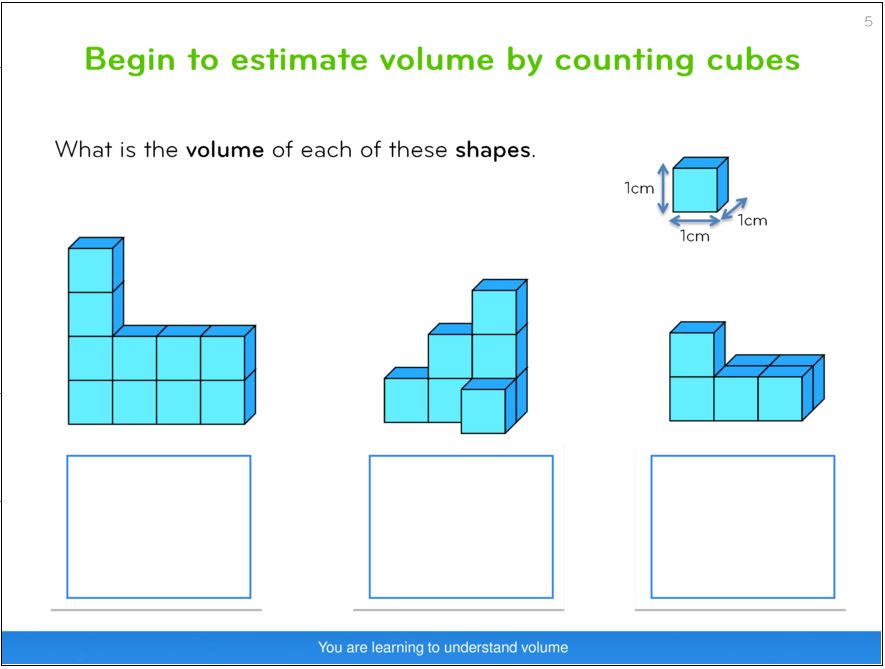
Later problems add in layers of context, getting the pupil used to making a more abstract connection between concept and word.
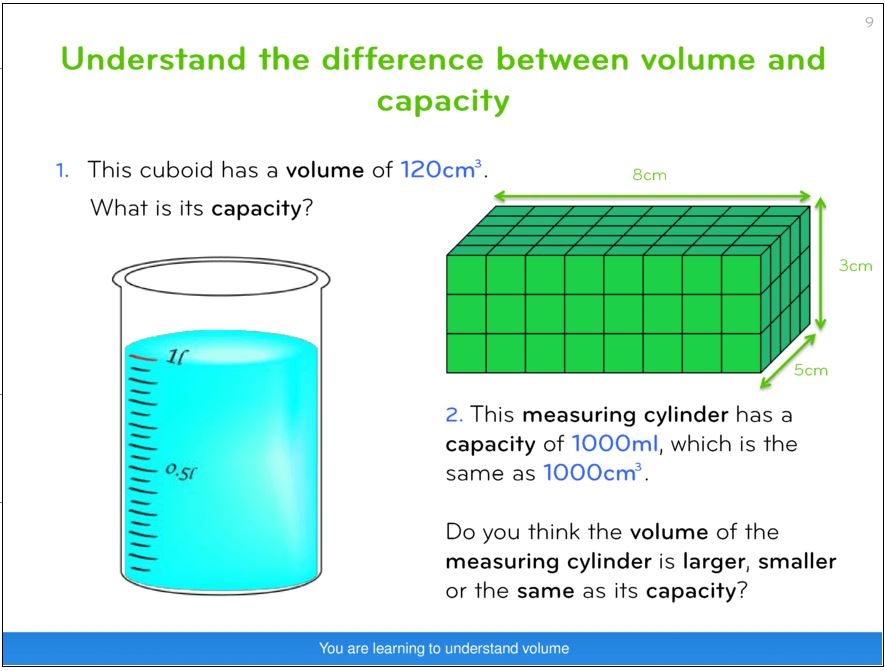
The final question of every lesson on our maths intervention programmes is a highly contextualised problem. This serves as a test of how well pupils have understood the new concept learned (and the language associated with it), and whether they are able to articulate their understanding effectively.
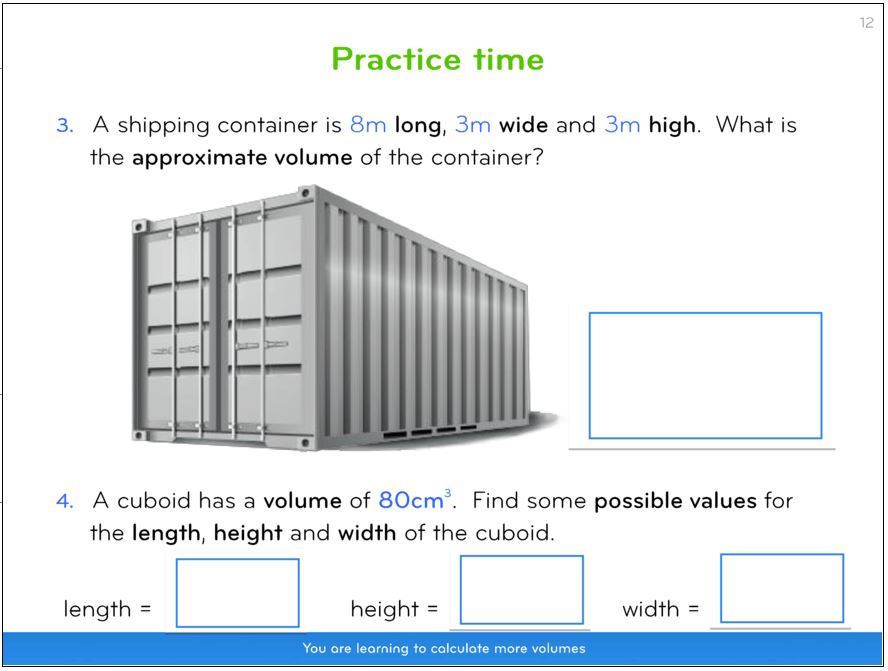
Because pupils have been exploring and deciphering questions throughout this process with Skye assisting them, they are able to develop a more effective understanding of both the maths language they’ve been learning and how to employ it.
In our KS2 SATs Intervention Programme, this procedural method is eschewed to give greater focus to helping pupils embed their problem solving ability. All of the questions in these lessons are contextualised, with the understanding that pupils have already begun developing their maths language use and therefore need to reinforce it rather than starting from the beginning.
How Can I Apply This In My School?
Weaving maths language into the structure of a lesson is a key part of several teaching strategies, as is procedurally building pupils’ understanding of a new topic. It is worth remembering however that this is most effective when it appears to be a natural part of the lesson.
Rather than only having specific language-focused activities, look for ways to use (and encourage children to use) maths language as part of other activities. Using the correct language should become part and parcel of their overall approach to problem solving, not a separate step.
Useful resources
Helping pupils develop their mathematical language is not a simple process, but we’ve seen great success using these strategies, and we hope you will too.
DO YOU HAVE STUDENTS WHO NEED MORE SUPPORT IN MATHS?
Skye – our AI maths tutor built by teachers – gives students personalised one-to-one lessons that address learning gaps and build confidence.
Since 2013 we’ve taught over 2 million hours of maths lessons to more than 170,000 students to help them become fluent, able mathematicians.
Explore our AI maths tutoring or find out about an online maths tutor for your school.



